Word Count
What is Word Count?
Word count is the number of words in a piece of writing, often used as a measure of its length or complexity. Word count is commonly used in writing and publishing to set guidelines for articles, blog posts, essays, reports, and other written content. It helps ensure that the content meets specific requirements and fits within the desired scope. Word count can also impact readability, engagement, and SEO, making it an important consideration in content creation.
Why is Word Count Important?
Word count is important because it helps writers and editors manage the length and depth of their content. Adhering to a specified word count ensures that the content is concise, focused, and meets the expectations of the audience or publication. Word count can also influence how content is perceived and consumed, as shorter content is often more accessible and engaging, while longer content can provide more detailed information and insights.
In addition, word count affects SEO and search engine rankings. Search engines consider the length of content when evaluating its relevance and quality. Longer content often performs better in search results, as it is likely to be more comprehensive and in-depth. However, maintaining a balance between word count and readability is essential for creating effective content.
Best Practices for Managing Word Count
1. Set Clear Guidelines
Set clear word count guidelines based on the type of content, audience, and publication requirements. Define the minimum and maximum word count to ensure that the content fits within the desired scope. Clear guidelines help writers stay focused and organized.
2. Plan and Outline
Plan and outline your content before writing to organize your ideas and ensure that you cover all key points within the specified word count. An outline helps you structure your content and avoid unnecessary details. Planning ensures a cohesive and concise final piece.
3. Focus on Relevance
Focus on including relevant and valuable information that directly addresses the topic and audience's needs. Avoid adding filler or unnecessary details that do not contribute to the main message. Relevance ensures that your content is engaging and informative.
4. Edit for Conciseness
Edit your content to eliminate redundancy, wordiness, and unnecessary repetition. Use clear and concise language to convey your message effectively. Concise content is easier to read and more impactful.
5. Use Subheadings and Sections
Use subheadings and sections to organize your content and break it into manageable chunks. This helps maintain readability and allows you to cover different aspects of the topic within the word count. Subheadings improve navigation and flow.
6. Balance Length and Depth
Balance the length and depth of your content to provide comprehensive information without overwhelming the reader. Ensure that each section is adequately developed and contributes to the overall message. Balance enhances readability and engagement.
7. Monitor SEO Impact
Monitor the impact of word count on your content's SEO performance. Use tools like Google Analytics and SEO plugins to analyze how content length affects rankings and traffic. Optimize word count based on performance data.
8. Adjust Based on Feedback
Adjust your word count based on feedback from editors, readers, and analytics. If your audience prefers shorter or longer content, adapt your writing accordingly. Feedback helps you align with audience expectations and improve engagement.
9. Use Visuals and Multimedia
Use visuals and multimedia, such as images, videos, and infographics, to complement your content and convey information more effectively. Visuals can reduce the need for lengthy explanations and enhance understanding. Multimedia adds variety and interest.
10. Stay Flexible
Stay flexible with word count guidelines and be willing to adjust based on the content's needs and goals. While guidelines provide structure, flexibility allows for creativity and adaptability. Staying flexible ensures that your content remains effective and relevant.
By following these best practices, you can effectively manage word count to create concise, relevant, and engaging content that meets your audience's needs and supports your SEO and marketing objectives.
For more terms, return to the content marketing glossary and freelance writing glossary.

